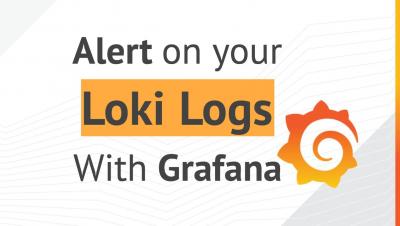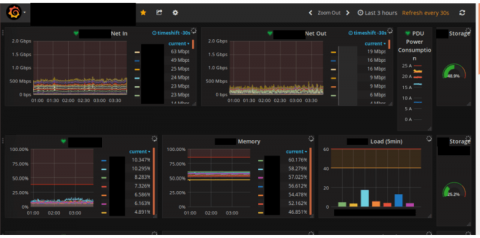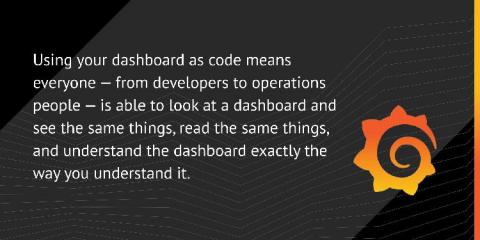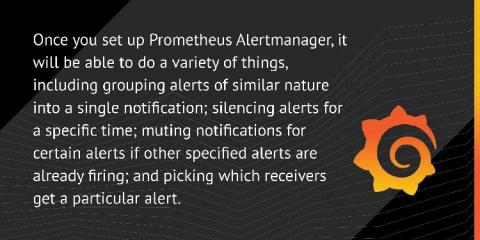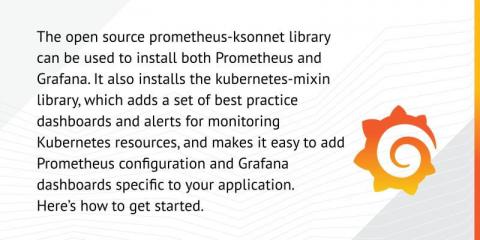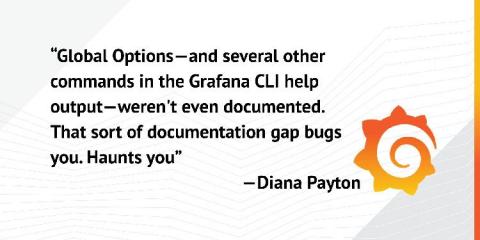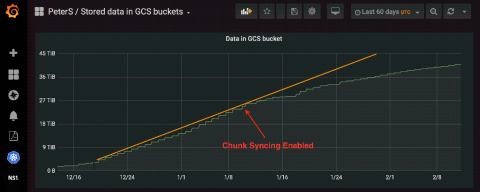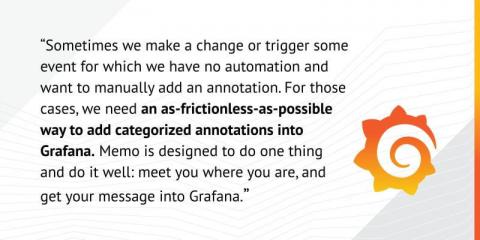Operations | Monitoring | ITSM | DevOps | Cloud
Grafana
How SkySilk Cloud Services uses Grafana dashboards
Stefano Mitchell is a customer support engineer at SkySilk Cloud Services. It’s no secret that there is a correlation between a team having quick access to metrics and swift resolutions. Accurate monitoring metrics displayed in a clear and efficient manner help your teams respond to alerts and issues as they arise in real time. SkySilk Cloud Services, a cloud services provider, uses Grafana dashboards internally to maintain a strong overview of regional system health.
How to configure Grafana as code
Grafana dashboards can do a lot, but do you know how much more you can get out of them by configuring them as code? That was the topic of a recent FOSDEM 2020 talk by Grafana software developer Malcolm Holmes and Julien Pivotto, an open source consultant at Inuits. In their presentation, the pair discussed Grafonnet (a Jsonnet library to generate Grafana dashboards), provided tips and tricks about how to use it efficiently, and explained how to fully manage your Grafana instances from code.
Step-by-step guide to setting up Prometheus Alertmanager with Slack, PagerDuty, and Gmail
In my previous blog post, “How to Explore Prometheus with Easy ‘Hello World’ Projects”, I described three projects that I used to get a better sense of what Prometheus can do. In this post, I’d like to share how I got more familiar with Prometheus Alertmanager and how I set up alert notifications for Slack, PagerDuty, and Gmail.
Connecting Prometheus-Ksonnet to Grafana Cloud
In a previous post we showed how to install Prometheus and Grafana using the prometheus-ksonnet library along with Tanka. This is great for getting a well-managed monitoring install going, but sometimes it isn’t enough for monitoring larger clusters. If you have multiple clusters that you want to monitor on a single dashboard, or need long-term storage, or need a high-availability setup for your monitoring data, then this installation won’t be sufficient on its own.
An Inside Look at the Life of a Technical Writer at Grafana Labs
People think technical writing is boring, but sometimes documenting software is an adventure. It’s not an adventure like “whee, got my sword and shield, adventure time!” No, it’s more like taking a nice stroll down a path to an unfamiliar-but-known destination when the ground suddenly opens up under your feet. As you’re falling down into the depths, that’s when you realize you are about to have an adventure. I’m a technical writer at Grafana Labs.
Up and running with Tanka, Our Way of Deploying to Kubernetes.
How Loki Reduces Log Storage
Several months ago, Bryan Boreham introduced a few changes to Cortex that massively reduced its storage requirements. The changes were quite simple and altogether had a nice benefit of using almost 3x less data storage than prior versions. Since Loki shares a lot of code with Cortex, could we use these ideas to the same effect? (Spoiler alert: Yes, we can!)
Everything You Need to Know About the Splunk Plugin for Grafana
Last week on Slack: Eldin: Hey Christine, do you remember the first time you viewed a log file? Christine: Oh yes. I used Splunk as a support engineer and I remember. You? Eldin: I believe it was early 2000s. I was installing Slackware and a few network cards for a DIY router, and logs were critical. Hello again! We are Eldin and Christine from Solutions Engineering – a team at Grafana that is passionate about connecting people to our products – reporting back for duty.
Pro Tip: Instantly Turn Slack Messages into Grafana Annotations with the Memo Tool
I have been a Grafana power user since almost the day it was conceived. During this time, I’ve gotten acquainted with a few quirks but also many features, some of which are rather obscure. One of these features that few know about but I absolutely love is annotations.


